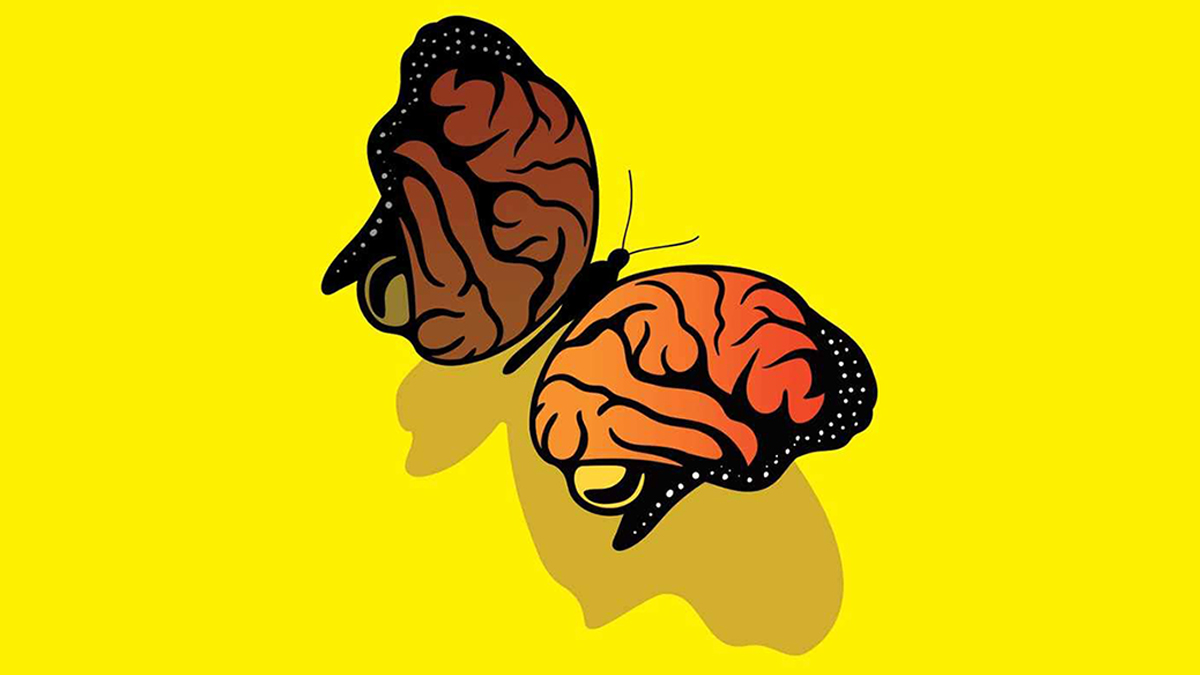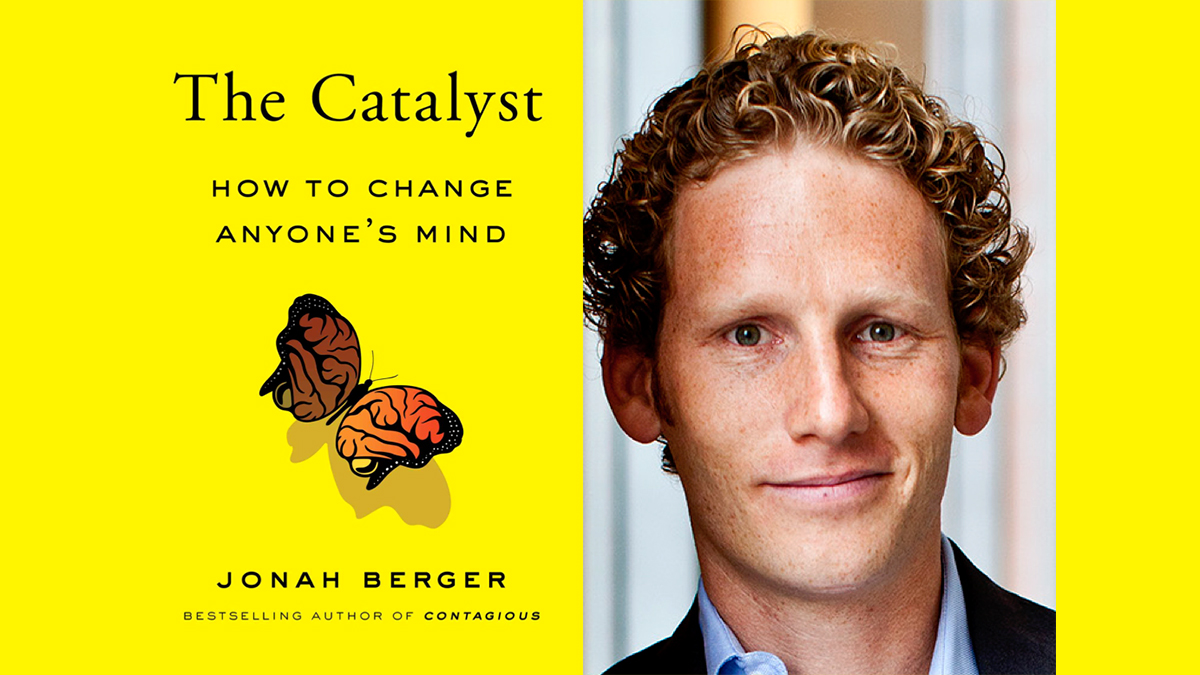LIFESTYLE
How to change minds

Global March 21, 2021
Discover the five of the most common roadblocks that impede change.
These are times of tremendous change, but also times that seem resistant to change. Perhaps we are working on a project at work that could transform the company, but that faces steady resistance from our colleagues or supervisors. Perhaps we have a negative personal habit we want to change, but we struggle to imagine life without it.
When faced with resistance, we are often tempted to push harder. But author Jonah Berger, a Marketing Professor at the Wharton School at the University of Pennsylvania, writes that sometimes the best and fastest way to change the world isn’t by pushing harder, but by listening to concerns, understanding resistance, providing choices, and lowering hurdles to action.
In the latest edition of the Zawaya speakers series, sponsored by Corporate Affairs, Berger highlighted some of the lessons from his new book, “The Catalyst: How to Change Anyone’s Mind.” These lessons lay out five of the most common roadblocks that impede change as well as a framework that can mitigate those roadblocks.
Reactance: People push back because they want the freedom to choose. So give them choices. Present a menu, and ask them to choose. Listen to people and their fears. If people buy in, it’s harder for them to push back.
Endowment: We all have a bias toward the status quo, the way things have always been done. People overvalue what they have, but forget that the old ways carry heavy costs. The first step is to highlight the costs of “doing nothing.” Then we can address the costs of switching, and compare those costs with the benefits of change.
Distance: When we ask for too much change, people ignore us, Berger said. When the gap between where we are now and where we need to go is too big, it’s better to ask for less. Start by building on common ground, rather than with a divisive issue, and then make a few manageable changes. When people are comfortable, they become open for change.
Uncertainty: Car dealers allow customers to test drive new cars. Supermarkets give out free samples of new products. These are catalysts that reduce uncertainty by giving people a taste of potential benefits. Give people the option to try something out on a limited basis in ways that reduce up-front costs and make it more likely that people will take action.
Corroborating Evidence: If someone says you have a tail, you’ll laugh. But if five people say you have a tail, you might turn around and take a look. People need proof. Multiple sources of proof help to build credibility and to overcome resistance to change.
Ultimately, change is hard, Berger said. But using catalysts can make change more sustainable in the long run.




